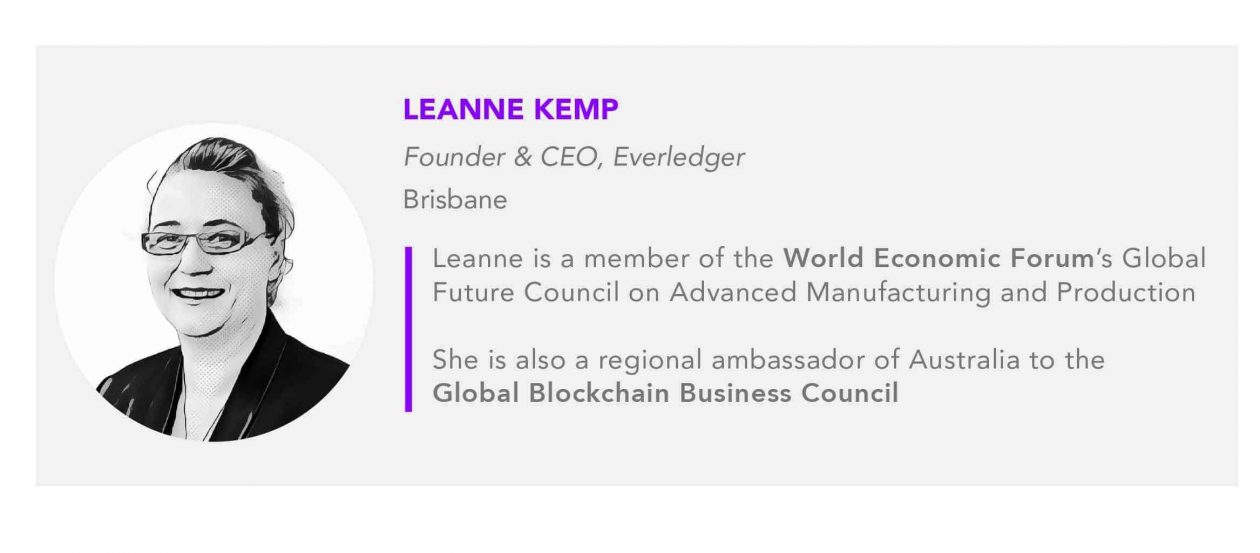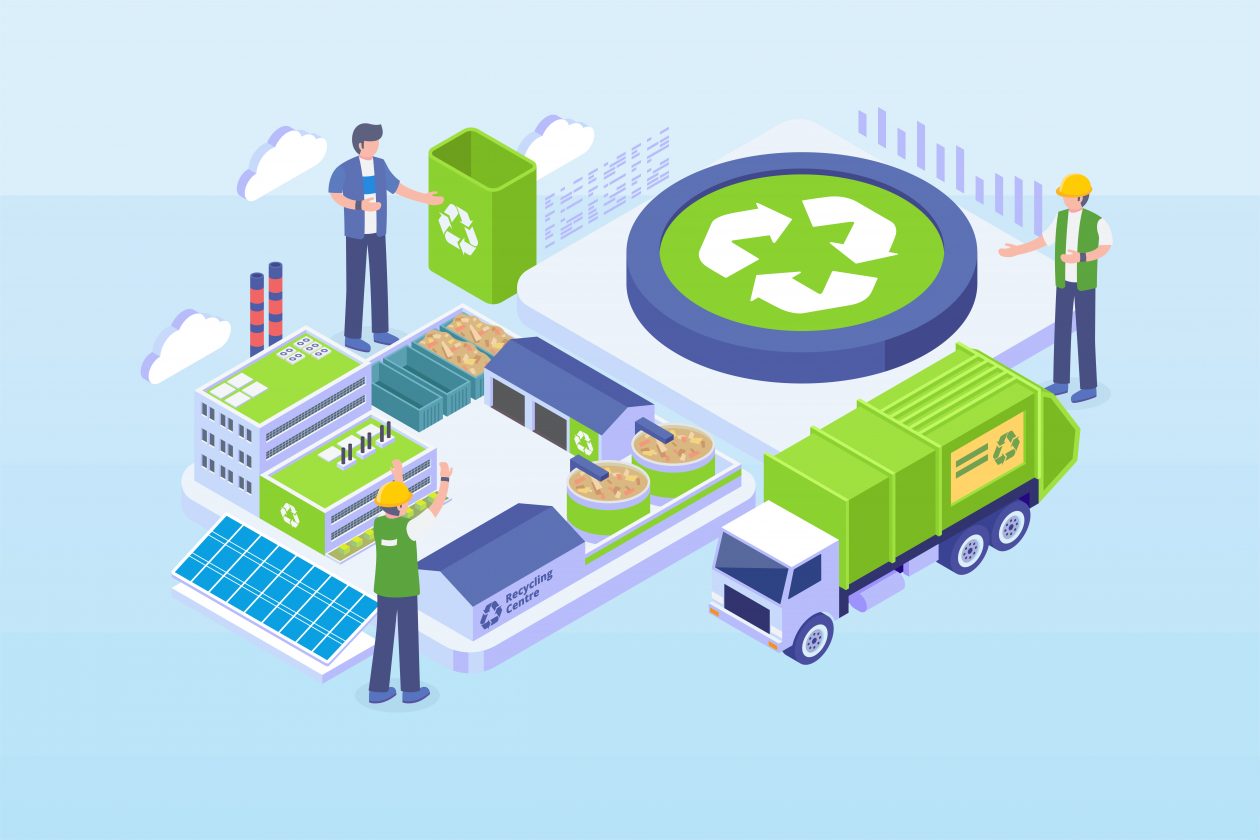The planet is teetering at the edge of a resource spiral. Demand for raw materials continues to spike, as populations soar and the middle classes enjoy labor-saving technology and disposable goods. Meanwhile, the supply of crops, fisheries and minerals, and their derivatives, face increasing constraints from factors such as climate change, water scarcity, political instability and resource nationalism. Something has to give.
Businesses of all sectors ignore this long-term imbalance of supply and demand at their peril. Those that live in the moment — rather than improve their current position with a more sustainable approach — risk seeing their future performance suffer as a result. Now is the time to be resourceful.

Drawing back from the edge will rely on cutting both supply and demand. Technological innovation can help make us more frugal, reducing input for greater outcomes. It’s also possible that we humans will understand the need to be less voracious in the way we consume — although our track record as a species isn’t exactly promising.
If demand remains high, then we must look towards supply. Tackling waste is one avenue, by creating ever-more efficient supply chains. And what if we could reuse more of what we’ve already dug up and produced? The second life of raw materials, such as recycling, reusing, repurposing, reselling etc, will need to play a far more prominent part in boosting the stream of resources back into the lifecycle.
Blockchain traceability has the power to create visibility into the entire supply chain of any material, allowing its journey to be tracked from sourcing all the way to sale and beyond.
In particular, retailers and consumers can witness the whole lifecycle of the raw material, giving them peace of mind that it is authentic. They can know for sure whether it was sustainably and ethically sourced and handled.
How does blockchain traceability work?
Once an item is captured by means of digital twin technology and instantiated onto the blockchain, its entire journey is trackable and unalterable. Traceability provides opportunities to find supply chain efficiencies, meet regulatory requirements, and connect with and understand the actors in the upstream supply chain. Of course, brands can also use blockchain to story-tell about the provenance and journey of products, since their whole journey is available.
This field of innovation is exploding, with many technologies to explore including synthetic DNA tracking, machine vision and internet of things (IoT) technologies such as near-field communication (NFC) and radio-frequency identification (RFID). Traceability, supply chain mapping and a supply chain transparency strategy can help companies to better understand, and thus respond to, the most important risks and opportunities in their multi-tier supply chains.
Transparency is in the eye of the beholder
Today’s consumer tends to be more socially and environmentally conscious than the average consumer was ten years ago. Proving that an item’s raw materials were sustainably and ethically sourced is becoming significantly more important. Younger generations that prioritize these factors in their purchasing decisions have more access to disposable income. Offering provenance tracking with blockchain is one way to meet that demand.
Supply chain operations have taken on a new dimension in recent years, with “perception” as the z-axis. It’s no longer just a case of moving materials from mine to mall or farm to fork, but showing a picture of how that journey actually happens. Those companies that find the right formula will increase their brand value in the eyes of consumers. Conversely, those that fail to manage their optics risk severe reputational damage. To be a global leader, value chains must reflect the brand perception and consumer promise. The proliferation in environmental, social and governance (ESG) reporting and marketing shows that brands are understanding the value of a proactive approach to transparency.
Secondary benefits of blockchain fashion
The security of blockchain promotes a circular economy because it gives shoppers the assurance to buy second-hand with confidence, having a record of where their purchases originated. Second-hand shopping is inherently riskier than purchasing straight from a manufacturer or designer, as there’s no guarantee an item is authentic — one of the barriers to widespread interest in the secondary market.
This hesitancy is particularly a concern when it comes to the luxury market, as the pieces are typically of higher value, so a shopper may be wary of buying a more expensive second-hand item without visibility into its history. Giving shoppers a clear way to easily verify the authenticity of each item helps to erase these concerns and allows them to have confidence in the legitimacy of what they are buying.
Resale or re-commerce disruptors — especially online luxury consignment sites — are positioning themselves as conscious alternatives to fast fashion, tapping into affluent consumers’ changing attitudes towards sustainability, luxury experience and the concept of ownership. Alexander McQueen’s MCQ label is taking this to a whole new level, creating a community of like-minded people around their brand, and empowering them to collect, and eventually trade each of their items as collectibles on the blockchain-enabled MYMCQ platform.
While the second-hand personal luxury goods market is today relatively small compared to the entire luxury market, its growing influence on the primary market is enough for luxury brands to take notice. As more fashion designers and retailers discover how provenance can enhance the quality of their items, it’s feasible that provenance tracking will become a must rather than a nice to have.
Speeding the circular revolution
The concept of “sustainable fashion” is rapidly gathering momentum. The trend of upcycling clothes (repurposing existing clothes rather than recycled materials) is more good news for the environment, as clothing has the fourth largest environmental impact after housing, transport and food.
We’re only at the beginning of understanding the potential of blockchain in the fashion space. As more consumers recognize the added value it brings, particularly to luxury fashion, it’s certain to be more widely implemented. We’re already starting to see major designers on board, and I expect this to trickle down through the industry.
When people think of a circular economy, there’s a tendency to emphasize the “circular” over the “economy.” However, there must be a workable relationship between ecological systems and economic growth, with self-sustaining production systems in which materials are used over and over again.
The circular supply chain is a step beyond closed-loop or green supply chains. Firstly, it expands the number of actors in the chain by considering sectors other than that of origin. Secondly, the relationships between actors also change. Customers can return the product or its waste to any actor in the value chain of the production system within the industry sector, or with different industrial sectors.
Evolving to a more circular economy will take considerable effort. Widespread behavioral change, backed by foresightful policy making, is needed to disrupt the ship-use-discard mindset that consumes many in society. There is an opportunity space for tech-for-good entrepreneurs to speed the evolution.
What will power the circular and secondary revolution? Data and analytics. It’s over to you, blockchain, AI, IoT and the rest. The planet needs you very much.




